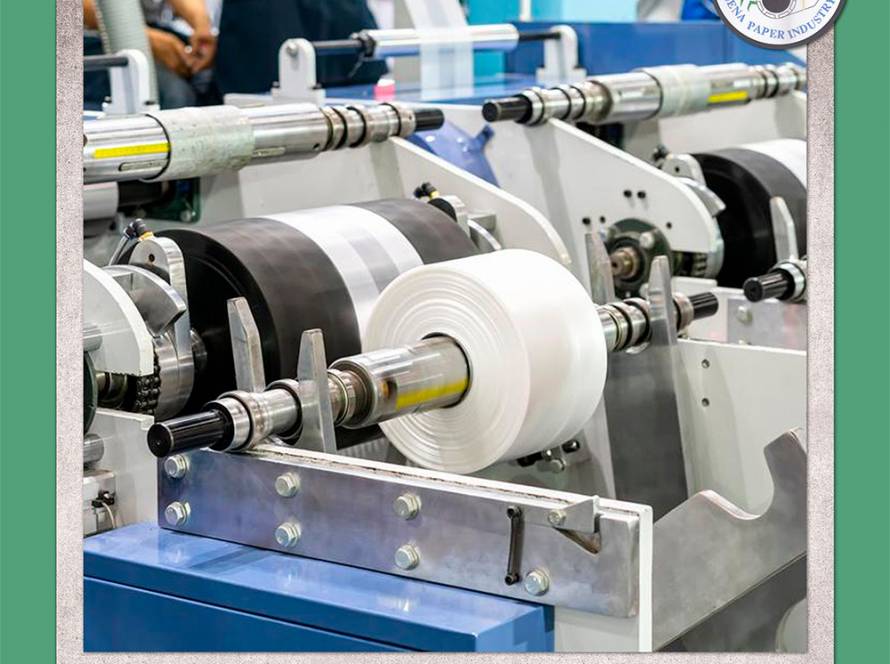The healthcare industry, a perennial hub of innovation, continues to explore new horizons, and even conventional materials like paper are not immune to this technological transformation. Enter “smart paper,” an amalgamation of traditional paper and electronic capabilities. This versatile material is ushering in a new era in healthcare. In this comprehensive article, we delve into the profound potential of smart paper in redefining the medical field, with a specific emphasis on its groundbreaking application in developing trackable strips for diabetics.
The Potential of Smart Paper in Healthcare
Smart paper, also colloquially known as electronic paper, represents a revolutionary synthesis between the age-old attributes of paper and the cutting-edge capabilities of modern electronics. This unique fusion is opening doors to an array of possibilities, with one of the most promising applications being the development of trackable strips for diabetics.
- Trackable Strips for Diabetics: A Breakthrough Application
Diabetes management constitutes a daily challenge for millions of individuals globally. The frequent monitoring of blood glucose levels is pivotal to sustaining one’s health. In this scenario, smart paper emerges as a beacon of hope—a trackable strip that simplifies glucose monitoring.
These smart strips are more than just paper; they are embedded with miniature sensors capable of detecting glucose levels in a mere drop of blood. Yet, what sets them apart is their remarkable ability to wirelessly transmit this critical data to a smartphone or a dedicated device in real-time. This real-time data provision not only empowers patients with valuable insights but also enables healthcare professionals to make informed, timely decisions. It’s nothing short of a paradigm shift in diabetes care.
- How Does Smart Paper Work in the Medical Field?
The underlying mechanics of smart paper are as fascinating as its applications. At its core, smart paper combines conductive inks with thin-film electronics seamlessly integrated into the paper substrate. The sensors on the paper interact dynamically with the substances they encounter, such as blood in the case of trackable strips for diabetics. This interaction serves as a catalyst, triggering a response that is then swiftly transmitted for detailed analysis and interpretation. It’s an exemplary demonstration of how advanced technology can seamlessly merge with everyday materials to yield transformative innovations.
- Benefits of Smart Paper in Healthcare
The advent of smart paper in healthcare brings forth a plethora of advantages:
Accessibility: Smart paper devices epitomize portability and user-friendliness, making healthcare more accessible to patients, especially those residing in remote or underserved regions.
Real-time Monitoring: The real-time collection and transmission of health data offer immediate insights for both healthcare professionals and patients, facilitating swift interventions when necessary.
Cost-efficiency: Smart paper solutions hold the potential to be more cost-effective than conventional electronic medical devices, promising to make advanced healthcare more economically viable for a broader demographic.
Challenges and Future Prospects
While smart paper holds immense promise, it is not devoid of challenges. Durability and seamless integration with existing healthcare systems stand out as two key hurdles that diligent researchers and developers are actively addressing.
- Overcoming Challenges in Smart Paper Development
Augmenting the durability of smart paper to ensure its resilience under the demanding conditions of healthcare settings remains a foremost priority. Additionally, the intricate task of integrating smart paper technology seamlessly into existing electronic health record systems and medical devices continues to be a complex but immensely rewarding endeavor.
- The Future of Smart Medical Products: What Lies Ahead?
The future of smart paper in healthcare is radiant with possibilities. Beyond diabetes monitoring, it could find applications in a myriad of medical domains, encompassing drug delivery systems, patient monitoring, and even serving as an adaptable platform for personalized medicine. As technology advances at an astonishing pace, the boundaries of what is conceivable are limited only by our collective imagination.
Sustainability and Eco-Friendly Aspects
Beyond its groundbreaking applications, smart paper also holds the promise of environmental sustainability.
- Smart Paper vs. Traditional Medical Devices: Eco-Friendly Alternatives
Smart paper devices possess the potential to mitigate the environmental impact typically associated with conventional medical devices. By design, they can prioritize sustainability, using fewer resources and producing minimal waste.
- The Role of Recycling in Smart Paper Production
Another eco-friendly facet of smart paper lies in its recyclability. Just like traditional paper, smart paper can be recycled, contributing significantly to the commendable goal of fostering a more sustainable healthcare industry.
Conclusion: Revolutionizing Healthcare with Smart Paper
In summation, smart paper transcends the confines of novelty; it represents a groundbreaking technological leap that stands poised to revolutionize healthcare. From trackable strips for diabetics to a kaleidoscope of future possibilities, smart paper promises to render healthcare more accessible, efficient, and sustainable.


